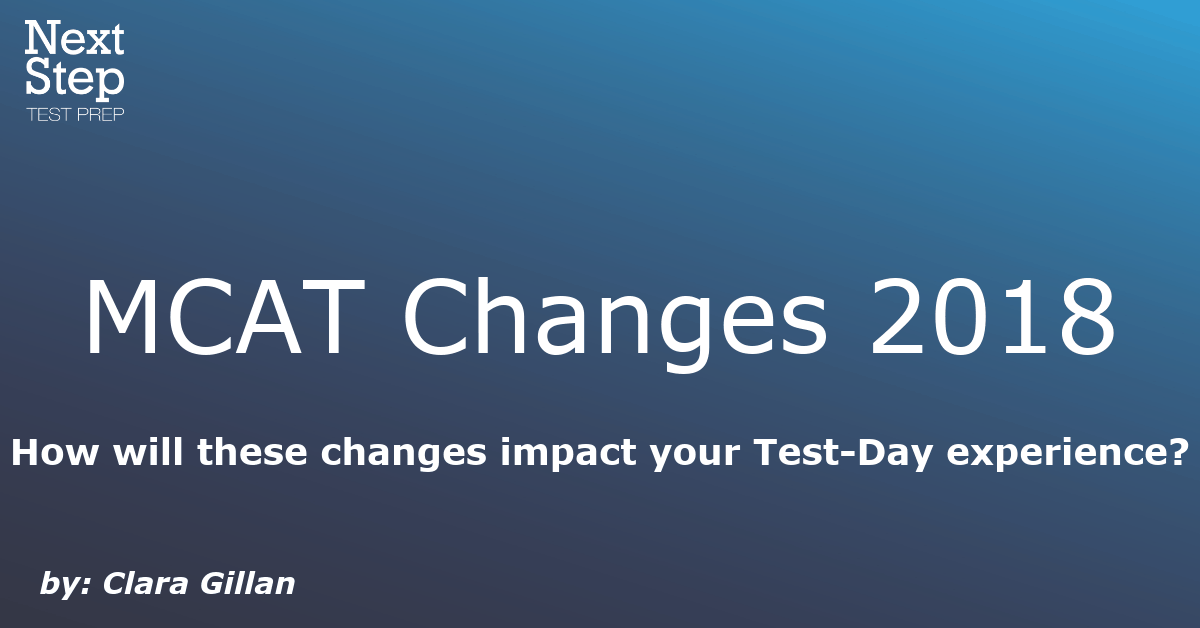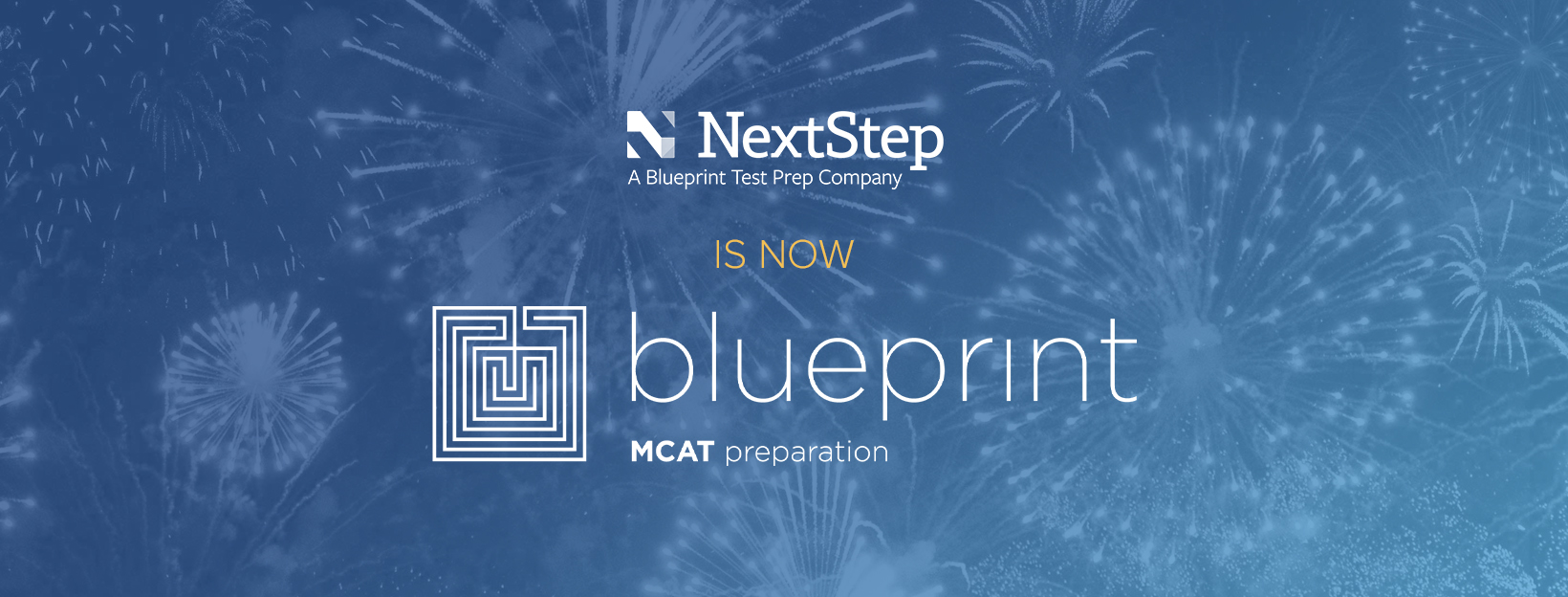
With the 2017 MCAT testing season behind us, pre-med students are starting to gear up for 2018 test dates. If you’re one of these students, whether you are months into your prep or just beginning to plan, you might be wondering: what will my MCAT Test Day experience be like?
Since the AAMC has not announced any significant changes to the content tested on the 2018 exam, it’s tempting to think that your MCAT experience will be exactly like it was this past year. But wait! Beginning in the 2018 season, the AAMC will no longer administer the exam through Prometric, the old exam provider. Now, the test will be administered through Pearson VUE – and with that may come noticeable changes. These changes might not affect MCAT content, but they will certainly impact your testing experience.
At Next Step Test Prep, we’ve compared the 2018 MCAT Essentials – the AAMC’s own published resource – with the 2017 version to identify Test-Day elements that appear to be changing. Here’s what we found out:
- A noteboard will be given to you instead of scratch paper. Previously, testing centers provided scratch paper booklets to test-takers. Now, you will receive a “noteboard” instead. While the AAMC has not officially published details of this noteboard, it will likely resemble those that have been used for tests like the DAT and GMAT for years. If so, expect one or more whiteboard-like sheets and a marker to write with.
- Earplugs will be provided. Retakers might remember that in prior years, students were permitted to bring their own foam earplugs to the testing center, as long as they were sealed. In contrast, the 2018 MCAT Essentials states that foam earplugs will be “provided by the test center.” One fewer item to remember to bring with you on Test Day!
- Instead of fingerprinting, the test center staff will use a palm vein scan to check you in and out. Palm vein scanning might sound intimidating, but it is easy to use and non-intrusive, and is actually preferred by some healthcare and other organizations due to its lack of association with law enforcement. Each time you enter or exit the testing room, you’ll simply place your hand on the infrared scanner while it records the vein patterns in your palm.
- To leave the room, you’ll need to raise your hand to alert a staff member, who will escort you out. This differs from prior testing years, where students were permitted to simply get up and leave the room (upon which they were prompted to sign out). According to the 2018 MCAT Essentials, this updated rule applies when exiting for breaks or at the end of the exam.
- Certain fees are increasing slightly. These include registration and rescheduling fees, as well as the fee associated with testing at an international test center. Fortunately, these increases are nominal. For example, a U.S. student registering 2 months in advance would have paid a $310 registration fee in 2017. In 2018, the fee for a student in the same situation will be $315.
As we move closer to the beginning of the 2018 testing year, we hope you keep these updates in mind to ensure that you are as prepared as possible for Test Day. And good luck!
Search the Blog

Free Consultation
Interested in our Online MCAT Course, One-on-One MCAT Tutoring or Med admissions packages? Set up a free consultation with one of our experienced Senior Student Advisors.
Schedule NowPopular Posts
-
MCAT Blog What's on the MCAT?
-
MCAT Blog How to Review MCAT Full Lengths

Free MCAT Practice Account
Need great MCAT practice?Get the most representative MCAT practice possible when you sign up for our free MCAT Account, which includes a half-length diagnostic exam and one of our full-length MCAT practice exams.
Learn More







